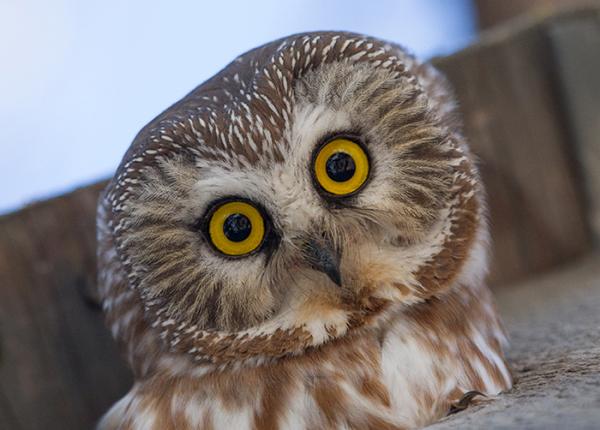Some owls do a synchronous tail molt, where they loose all 12 of their tail feathers within a very short time period so they have no tail at all for a while. That’s what Pierce the Barred Owl just did, losing at least four tail feathers yesterday alone.
Barred Owl tail feathers aren’t as stiff and sturdy as, for example, Great Horned Owl tail feathers. An unsupported feather growing in can easily break. If they all grow in together, they support each other.


Thank you for looking into it!
It does make sense for predators that usually aren’t on the menu.
It might be a useful feature for small owls that don’t rely that much on flight to hunt. Maybe Burrowing Owls? Or smaller, like elf owls? There are enough insects they could still hunt easily.
When you guys ask questions, it often gives me a question I didn’t know that I had, so I’m always happy to look into things.
Long ago on one of the first message boards I was on, I remember people asking how the one person got to be such an expert on a niche topic. He said he just acted like an expert, and that made him required to fill in those gaps of knowledge whenever someone asked something he didn’t know.
In the years since, it does seem a pretty reliable way of getting smarter. I’ve fallen into being the Lemmy owl expert, so now I must learn all the things!
The one article did discuss how different owls/raptors have different tail lengths, and as you also mentioned, some have different hunting styles and concerns.
It’s always important to remember, especially with owls, they’re typically not the easiest animals to study over the history of biology, as they’re too darn alert and secretive and largely nocturnal, so there’s still much we have to learn about many species.
That must have been the one that shows up as PDF. I’m on mobile rn and will check that out when I’m at home again.